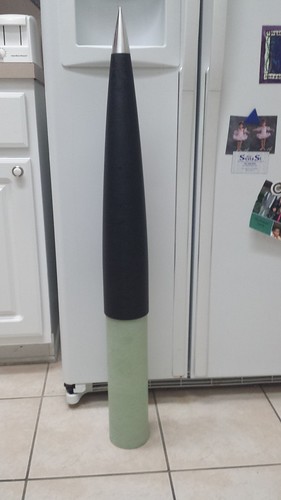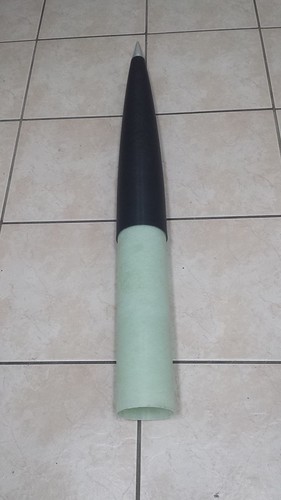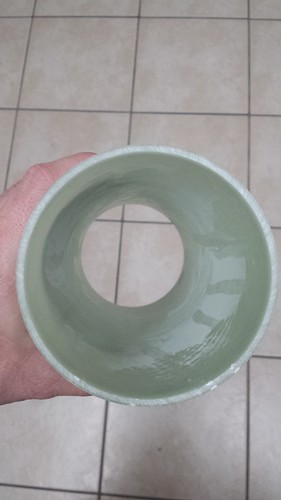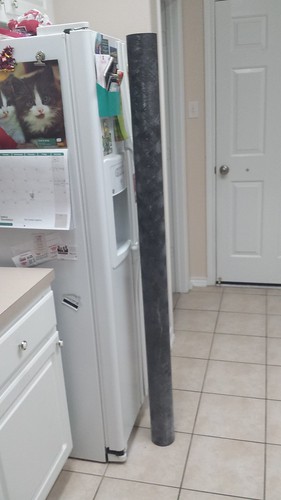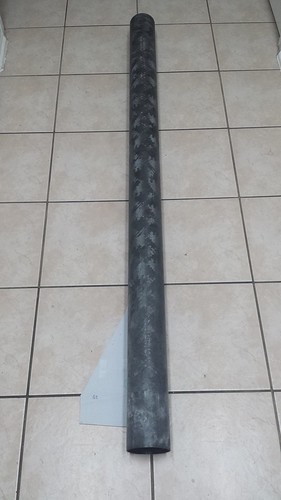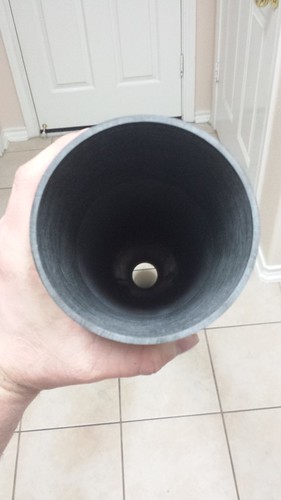Astro Anon, very, very interesting. Of course, I wish you the best of luck in all your endeavors. I'm impressed by the amount of initial, up-front planning and thinking ahead problem solving you've done. I haven't looked through your posts yet-not in great detail, just a quick read-through-but I hear you talking about all the things that I, in my limited experience, think you should be.
I would guess that by relying on RASAero alone, we pushed our design configuration into a corner where RASAero wasn't as accurate as it claimed to have been. If you want, PM me/CarVac and we can share the data files from our instability and our analysis of the departure, they might be useful to you.
For survival, weight is your friend-the heavier it is, even if it lowers max-V to mach 3.5 instead of 4, will make a big improvement in your chances. On that note, I'd highly, highly recommend certifying with this rocket on an N2540 Green3, or another slow N, instead of the 5800-you're much more likely to get it back, and you'll have more confidence in the recovery system and thermal protection going into the N5800 flight. On the other hand, big motors are very, very expensive, so I completely understand wanting to do it all at once-it's what CarVac and I did, after all.
I'm pretty busy right now finishing up my MS.E degree on Wednesday (other than finals), and I am traveling from Thursday through Monday, and then moving to LA to start work in June. But in the meantime I'll try to find a chance to read through your plan more thoroughly and see if I have anything helpful to add.
It's going to be an adventure! Remember to have fun on it! =)






